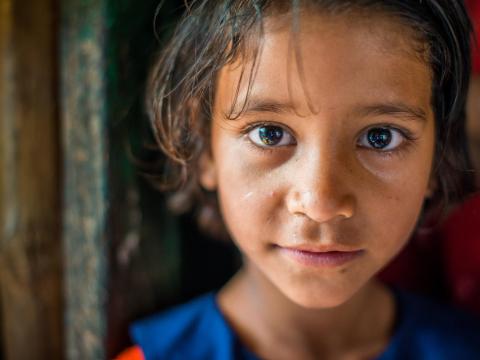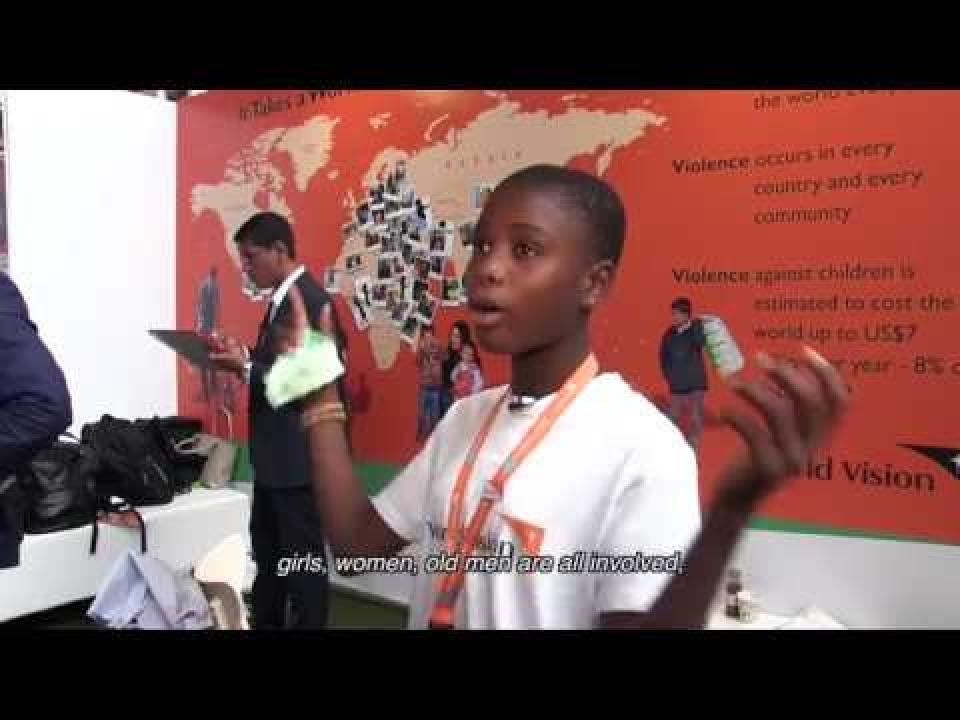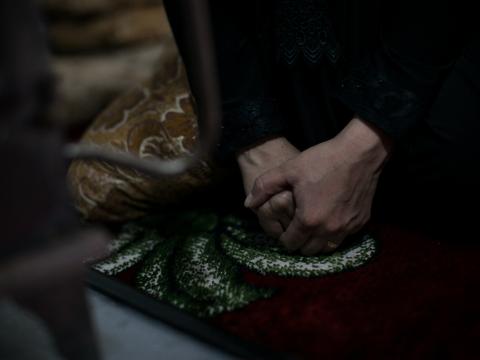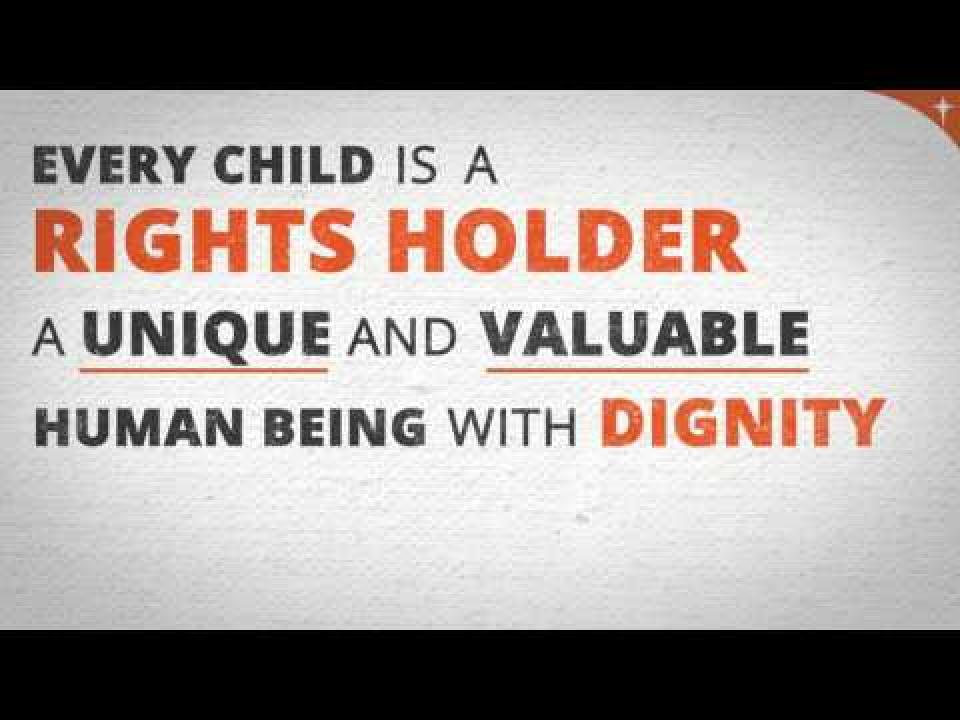
Governments are still allowing violence against children
By Tamara Tutnjevic Gorman, Policy Manager - Ending Violence Against Children
Governments are still allowing violence against children. But here are 7 ways they can prevent it.
The world has never been safer than today, yet 1.7 billion children, 89% of those alive today, experience some form of violence. Clearly, we are failing our children.
To understand the reasons for failure, my organisation, World Vision, has investigated the commitments by 20 governments to address violence against children and has found that, while there has been tremendous progress in prohibiting violence, cracks in legislation still allow certain forms of violence to continue.
There are ambitious plans, but not enough resources to implement them. While there is support provided to survivors, there is too little attention paid to prevention. There is some reporting on progress, but far too little new data to report on. And out of all the children experiencing violence, far too few have been consulted on policies that affect their lives.
Put it simply, there are cracks and gaps in the world’s attempt to protect children from violence. These cracks may seem small on paper, but they have big consequences for children.
The lack of commitment to zero tolerance towards violence against children is perhaps the most worrying for me. Government policies often turn a blind eye to socially or traditionally acceptable corporal punishment in schools, smacking at home, child marriage and more.
Millions of children are unnecessarily drawn into the cycle of violence because of failure to prevent it. When a child survives violence and doesn’t get justice or appropriate support, the message they receive from authorities is that violence is permitted, even condoned by those in power. This reinforces the belief that as a society we have agreed to accept certain level of violence.
Moreover, when families or communities experience crisis due to conflicts or natural disasters, the boundaries of what violence is considered acceptable tend to stretch. This makes it difficult to stop. Before we know it, violence can become a way of life.
This is why our leaders must do everything they possibly can to help children now and prevent the cycle of violence continuing into the future. This week governments are meeting in New York to review the progress in achieving Agenda 2030 for Sustainable Development Goals. This is an opportunity to put ending violence against children at the heart of efforts to achieve safe, peaceful and stable societies. A good place to start is by addressing the cracks we found in our report by:
-
Prohibiting all forms of violence against children in all settings.
-
Investing in prevention programmes and reporting mechanisms.
-
Being a global champion for the prevention of violence against children.
-
Increasing funding and transparency in budgets allocated to interventions to end violence against children.
-
Prioritising and investing in regular data collection.
-
Mandating, resourcing and planning for child consultations in policy development, reviews, monitoring and reporting.
-
Increasing government delivery of community education and awareness campaigns.
The world needs to share a strong vision of a violence-free society and everyone, especially those in leadership positions, must commit to making that vision a reality. Only then can all our societies become safe and nurturing environments where girls and boys can grow, free from violence and fear, in a peaceful, just and inclusive world.
To read the full report Small Cracks, Big Gaps: How governments allow violence against children to persist click here.


